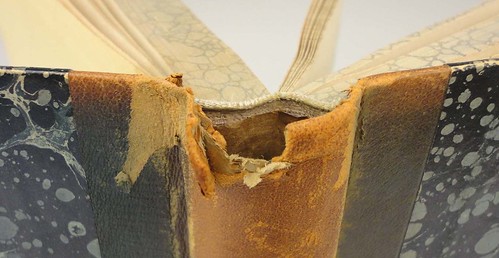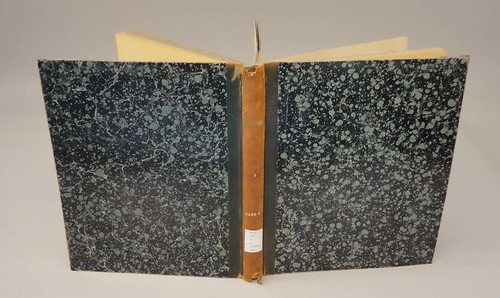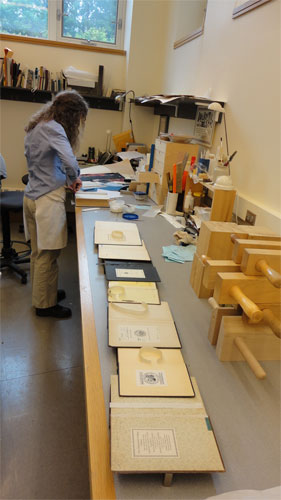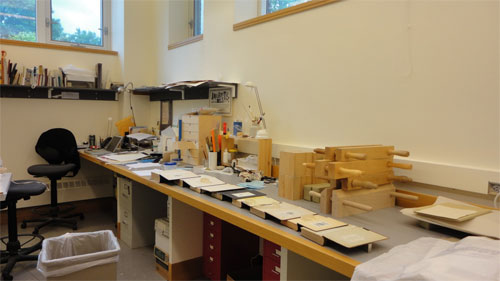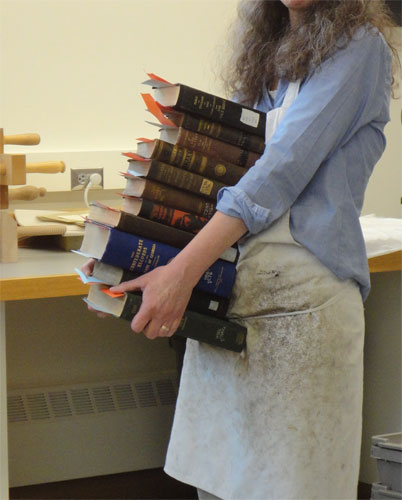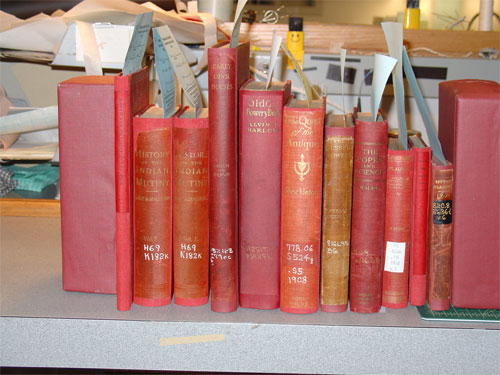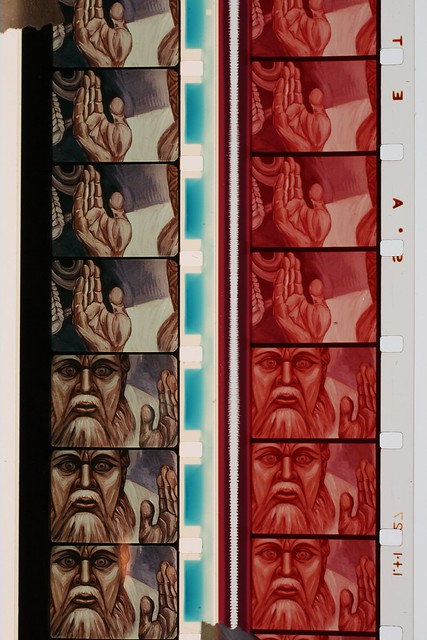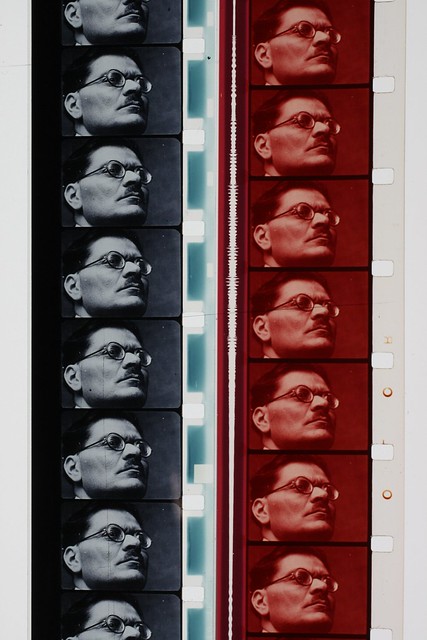It’s been over six months since I joined the team here in Preservation last January and about time I shared some news from the commercial binding desk. On a continual basis serial titles (journals, magazines, and music scores) make their way to my desk to be processed and sent out for binding at Acme Bookbinding in Charlestown, MA. This is an ongoing task because the library is always acquiring new issues of print periodicals. It’s fun to have such a wide variety of material pass through my hands from popular music and art magazines to academic journals in psychology, law, geography, and more.
In addition to the standard flow of serials going out for binding, I’ve been working on a special binding project for Paddock Music Library. It may not be obvious but in terms of preservation, music scores get hit hard by repeated use and often need rebinding. The most recent example of this is Paddock’s set of Franz Liszt’s collected works, which was identified as being in especially poor physical condition. Because of its age, the bindings are falling apart and paper is becoming brittle causing loose and easily torn pages.
Once all the volumes of Liszt’s works arrived in Preservation, the process for rebinding began. I checked each volume in and examined it for page tears and other damage to make note of. I actually discovered there was a missing page in one book and in another a whole section was upside-down. With a complete list of repairs, I headed to the bench with heat-set tissue (the conservator’s iron on patch) and tacking iron in hand. The paper repairs went smoothly and I was on to the next step, entering each volume into the Acme bindery database. For a set like this every volume has a unique title and in this case the title is in German. I entered all the spine information for each book including composer, title, call number, and special instruction (‘upside-down pages to be righted’ for example), and printed a binding slip to be tucked inside the cover.
All twenty-nine volumes, now ready for rebinding, were checked one last time and then packed for shipment. They won’t be gone for long though. In a short two weeks I’ll be unpacking them and prepping the set for part two, deacidification. Stay tuned!
Written by Elizabeth Rideout

